I was practically born with a pencil in my hand. That would have been tragic for my mother, so we’re all glad that wasn’t actually the case, but ever since I could manage to keep a pencil firmly in the grasp of my childhood fingers, I was constantly in the process of drawing something or other. All the way through high school, a wicked sharp, yet plain Jane #2 pencil was my artistic weapon of choice.
Once I decided that I was going to dive into painting, however, drawing started to take a back seat. In fact, it almost became non-existent at one point as I traded one weapon for another—the paint brush. Very loose sketches were all that I put effort into before advancing into the painting stage. A couple years back, however, I gave myself a challenge. I posted it on Facebook that I would do one drawing every day for a year. That’s 365 drawings. I don’t know about anybody else, but to me that sounded like a lot, especially since I already had some other serious work to accomplish during the same time frame.
I started out easy—light-weight sketches that I could push out in 20 minutes or less. But as the challenge progressed, so did my sketches. Nearing the end of my challenge (which consequently only lasted 187 days instead of 365 because of a major contract that came into play), they morphed into full-blown, detailed drawings requiring 4 to 5 hours of my time on a daily basis.
At first, it seemed like it might be a step backwards to go through this exercise. What I discovered, however, was that my painting skills increased as my drawings became more intense and complex. At the end of it emerged a painting that has become one of my favorites (for more reasons than one) and I attribute much of it to my daily drawing challenge.
I’ve often asked myself why this was. Why was my painting affected by regular, intense drawing? The conclusion was that in the midst of all that drawing was a boatload of serious observation. To get the image right, I had to pay attention to everything about the thing I was drawing. Of course, keeping in mind the importance of the overall composition is key to the success of any painting in the end. But paying especially close attention to textures, lighting, shadows, interactions between colors and reflective objects, as well as understanding proportions, scale and the value of line versus shape ended up influencing this particular painting in ways that it never had in the past with previous creations.
My suggestion? Encourage yourself—force yourself even—to open your eyes. Observe. Soak up all the details and then decide which ones are important enough to include. Weed out what’s not necessary to the success of your art. But most of all, physically work at it. Don’t just observe and think that logging it away somewhere in the recesses of your brain is going to make things come out right. Get it out on paper, work out the kinks and make all of that observation a reality. If it’s anything like what happened for me, you’ll see your art grow exponentially—if you fight for it. Choose your weapon and go for it.
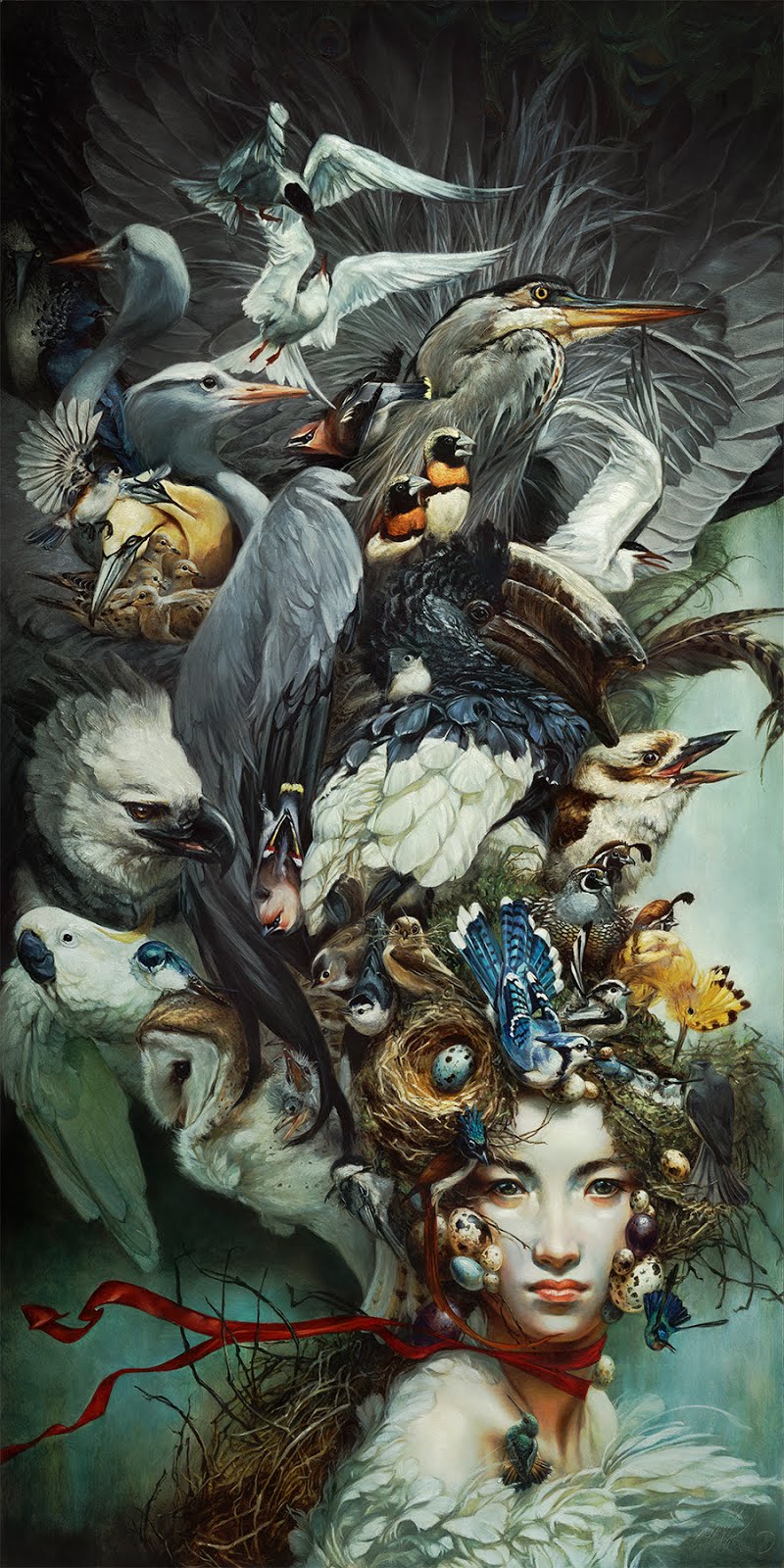 |
| Crimson Ribbon |


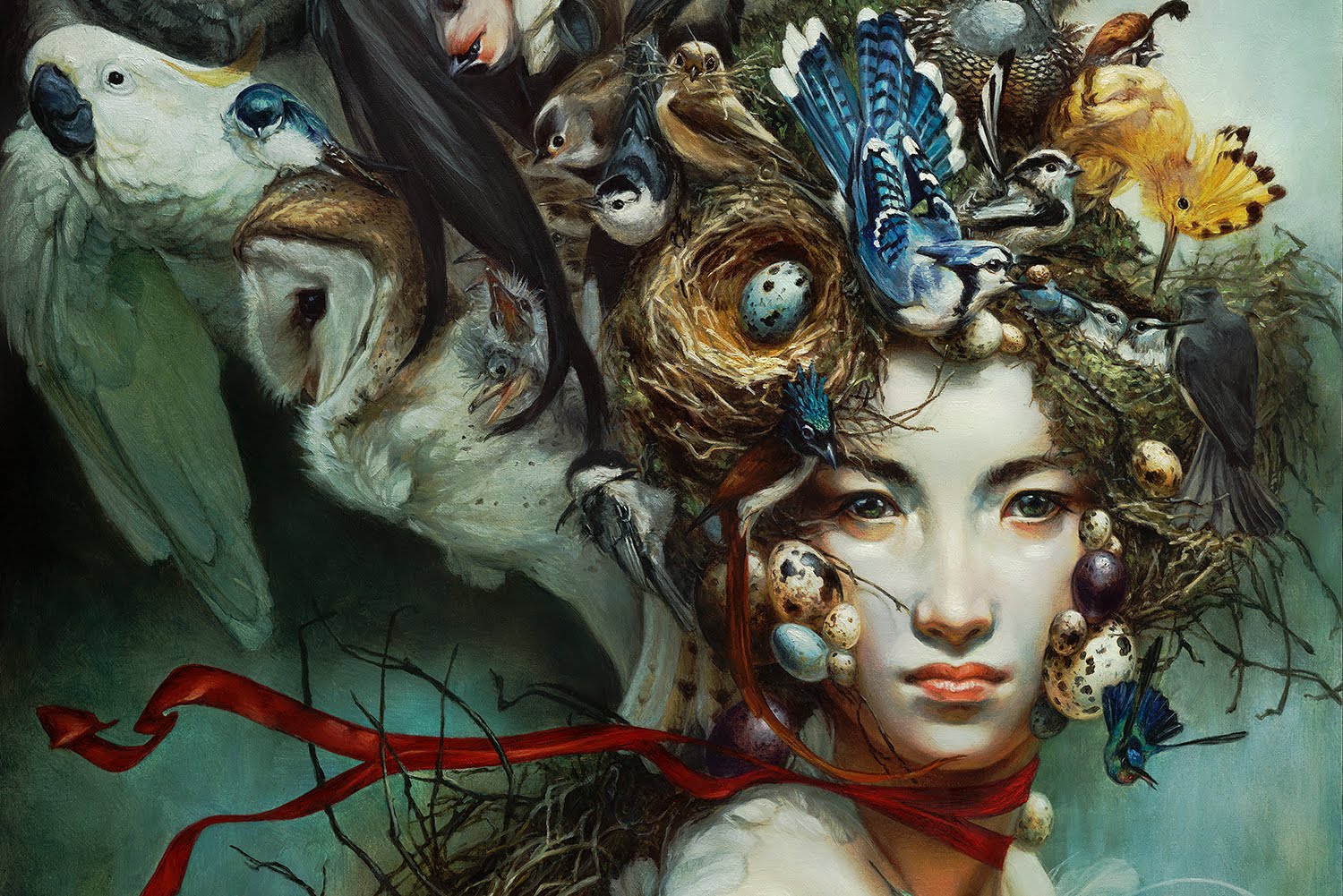

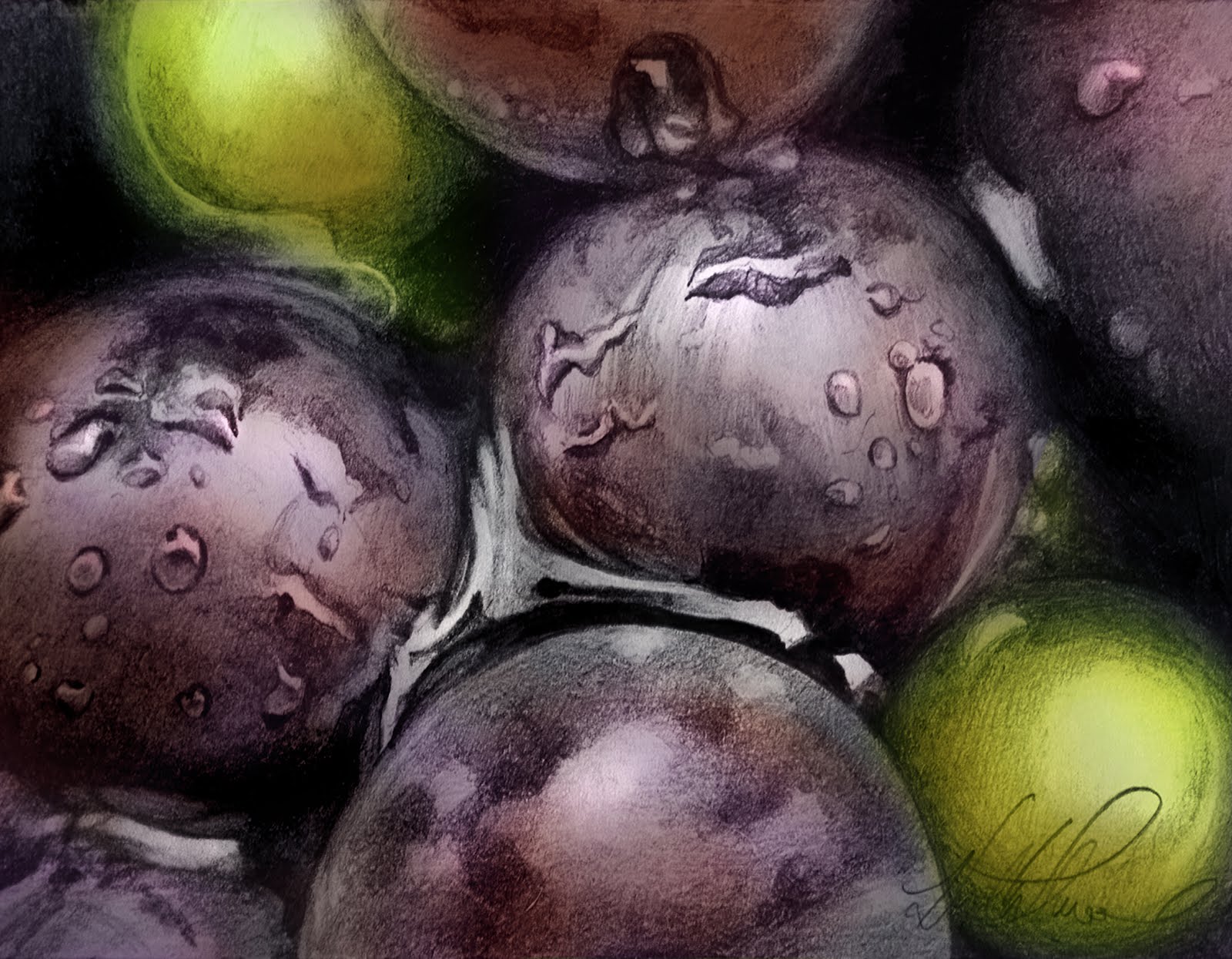
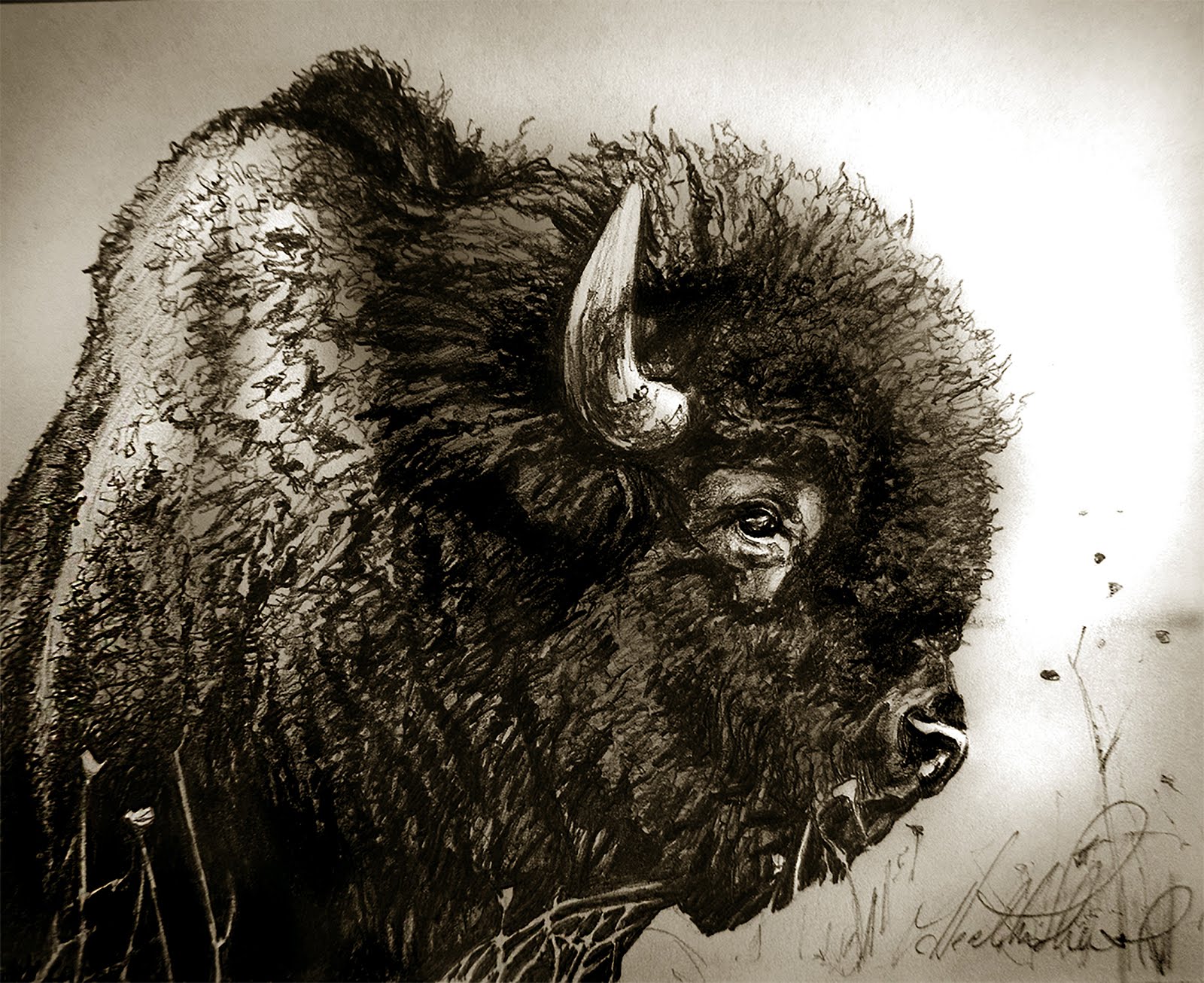
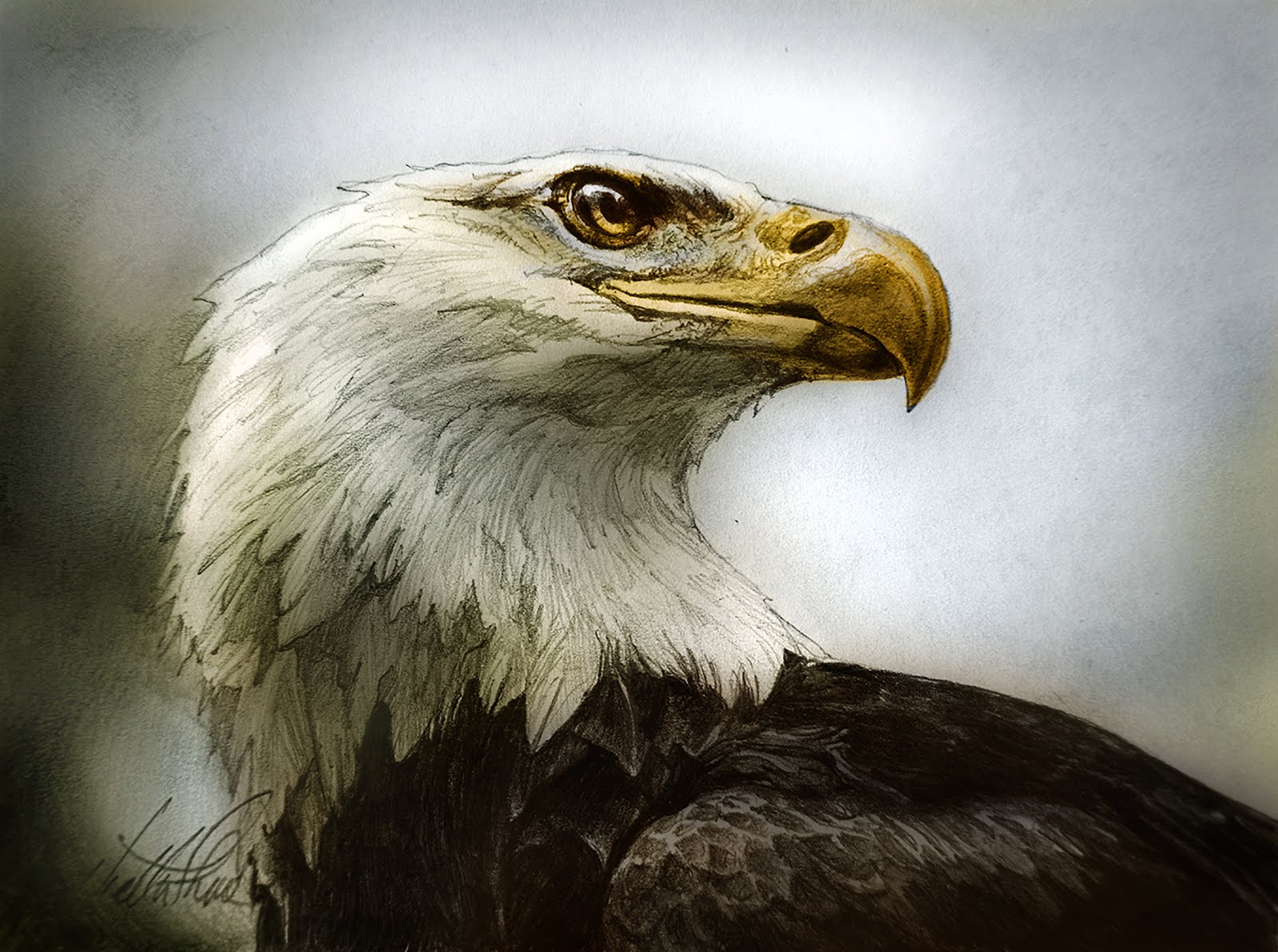
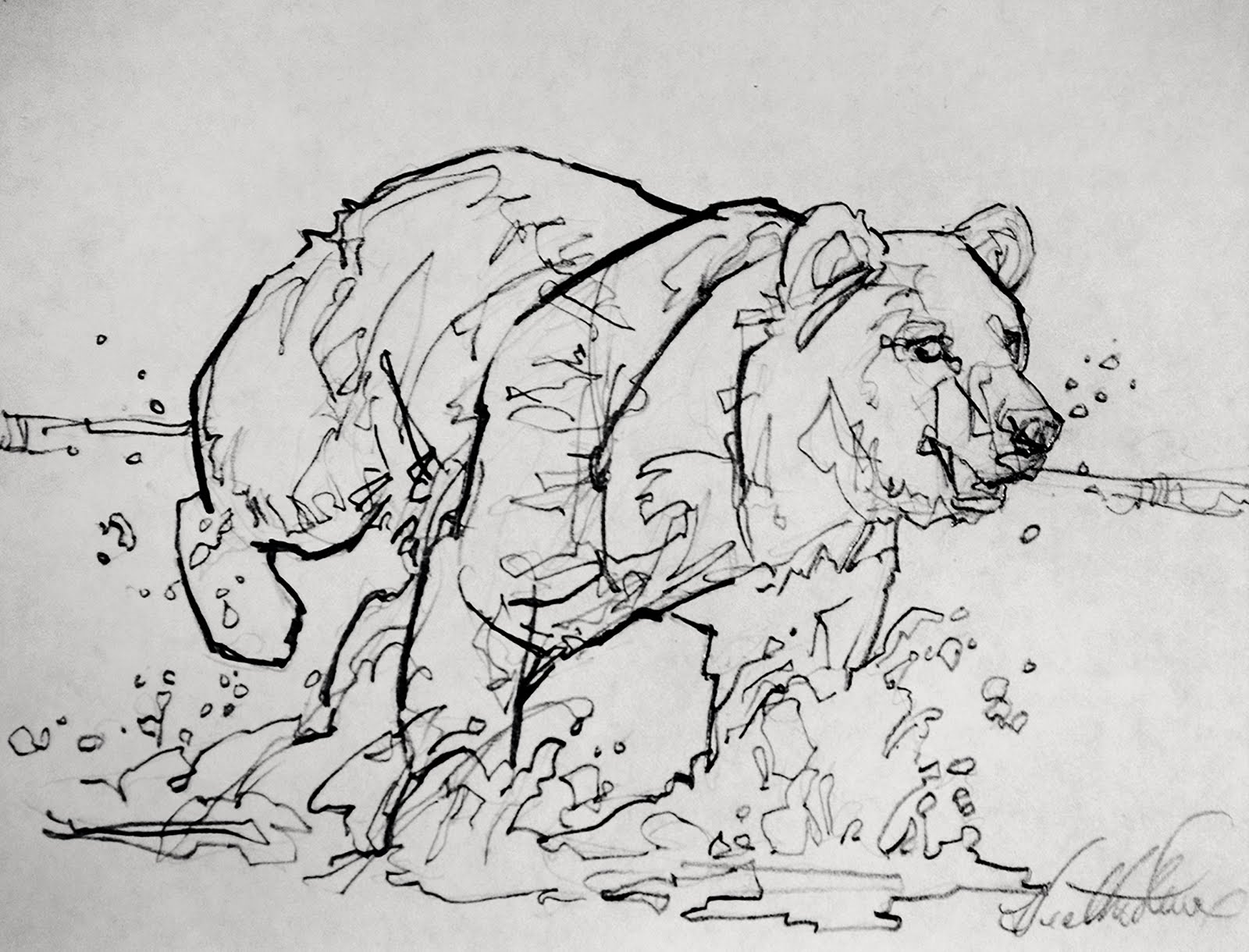
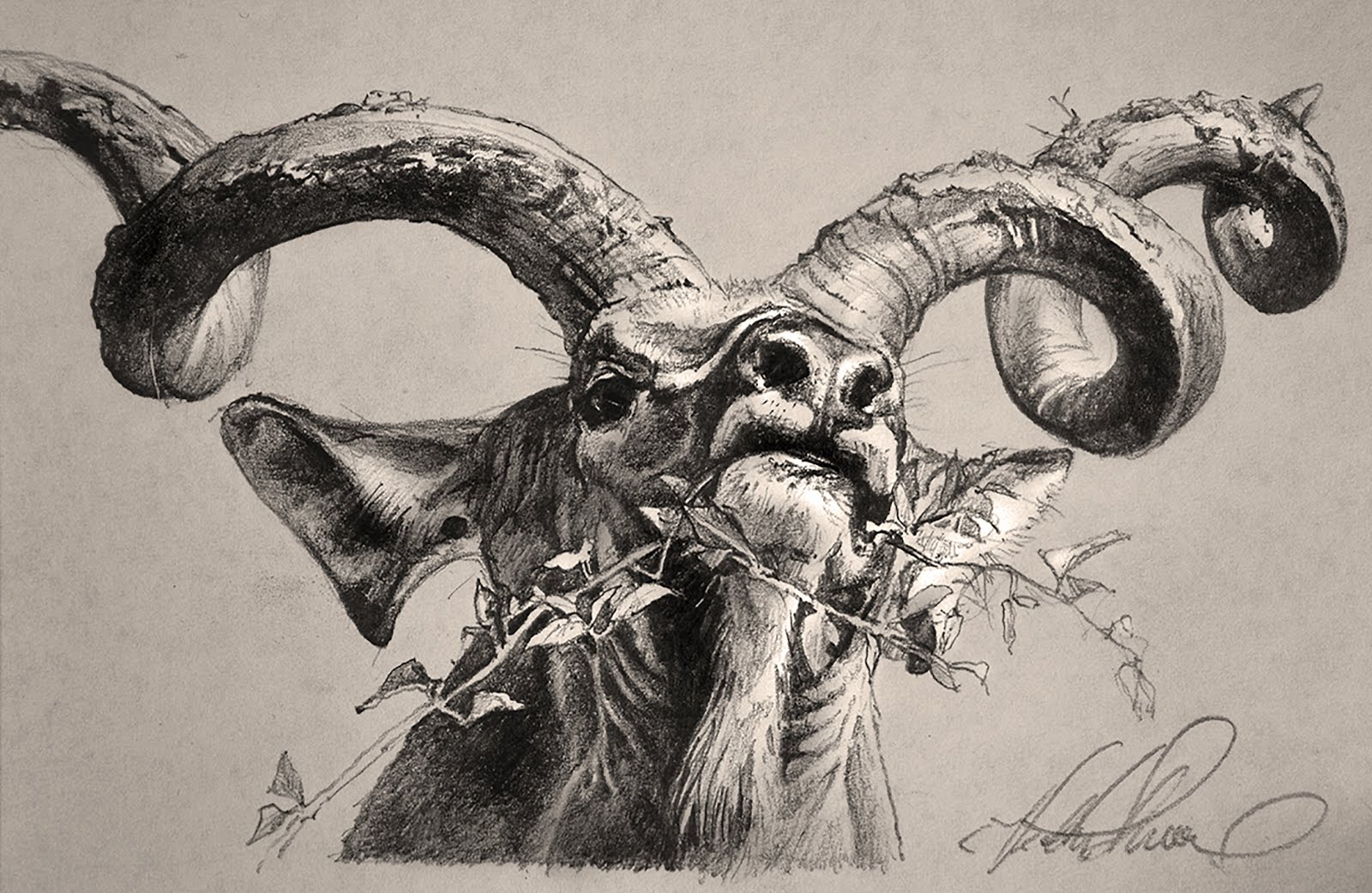
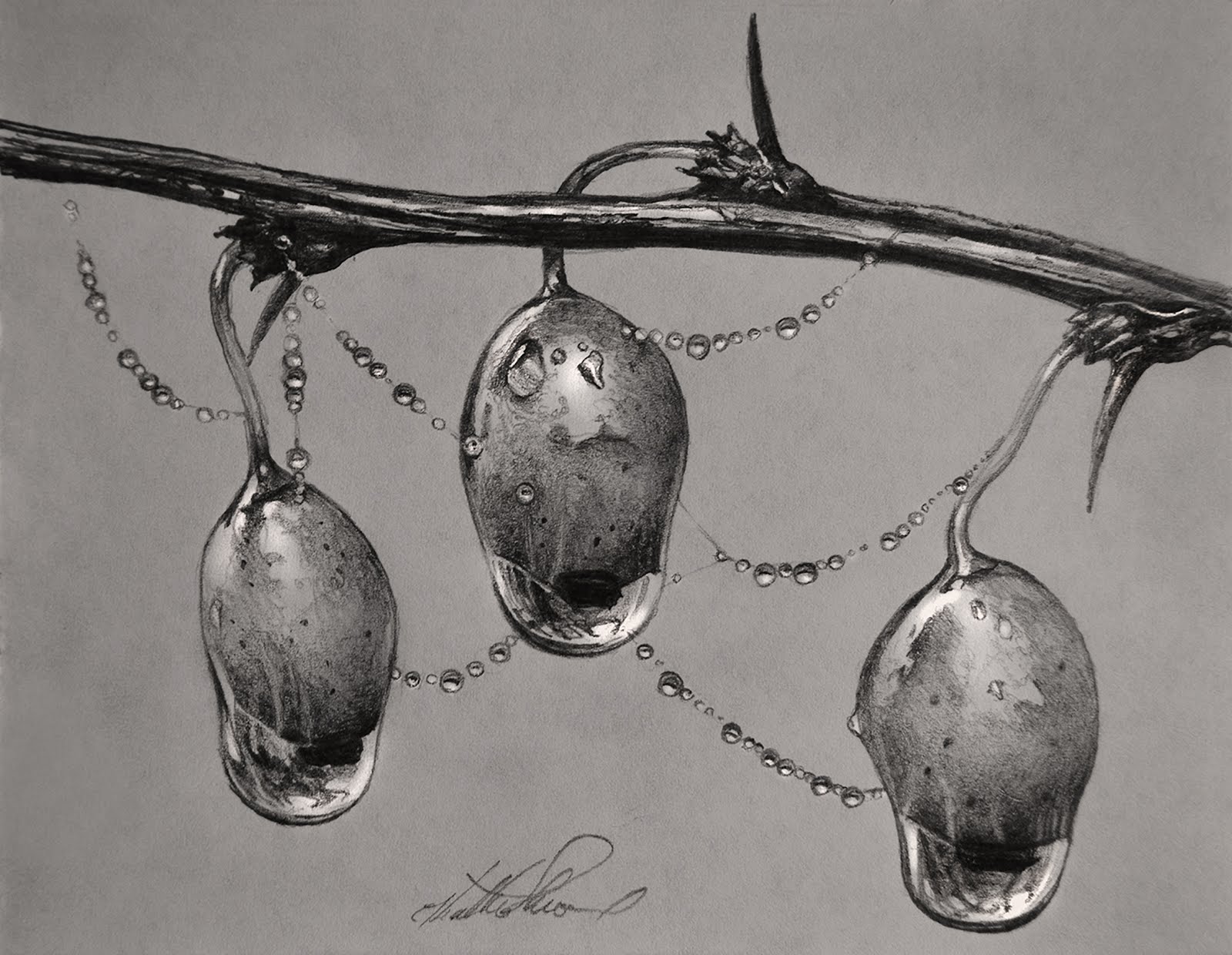
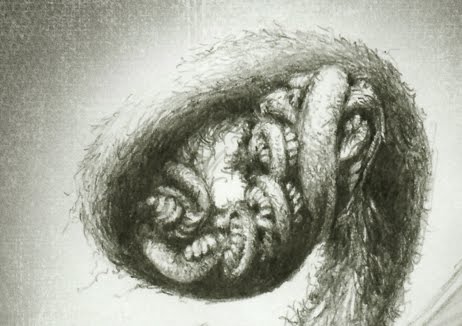
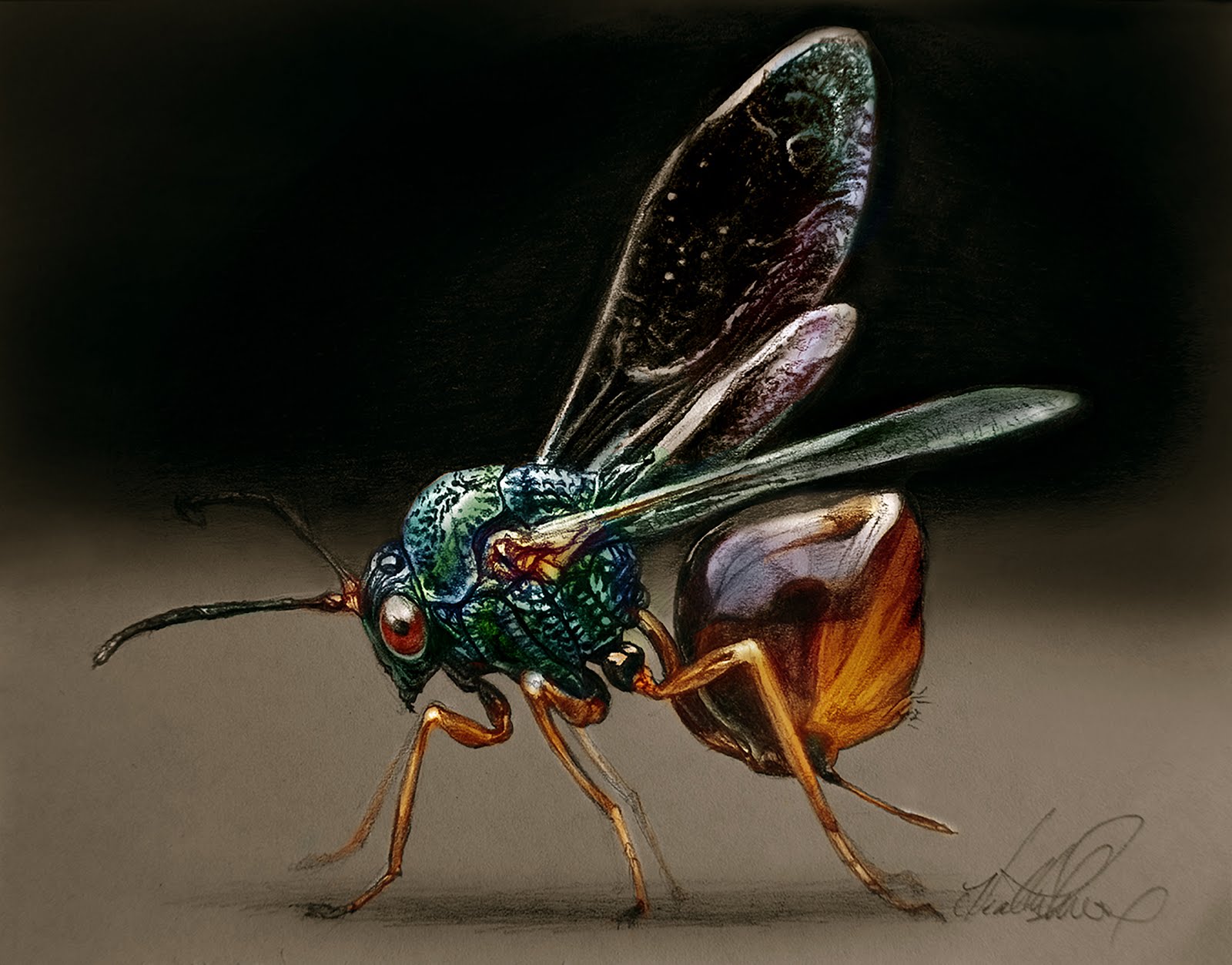
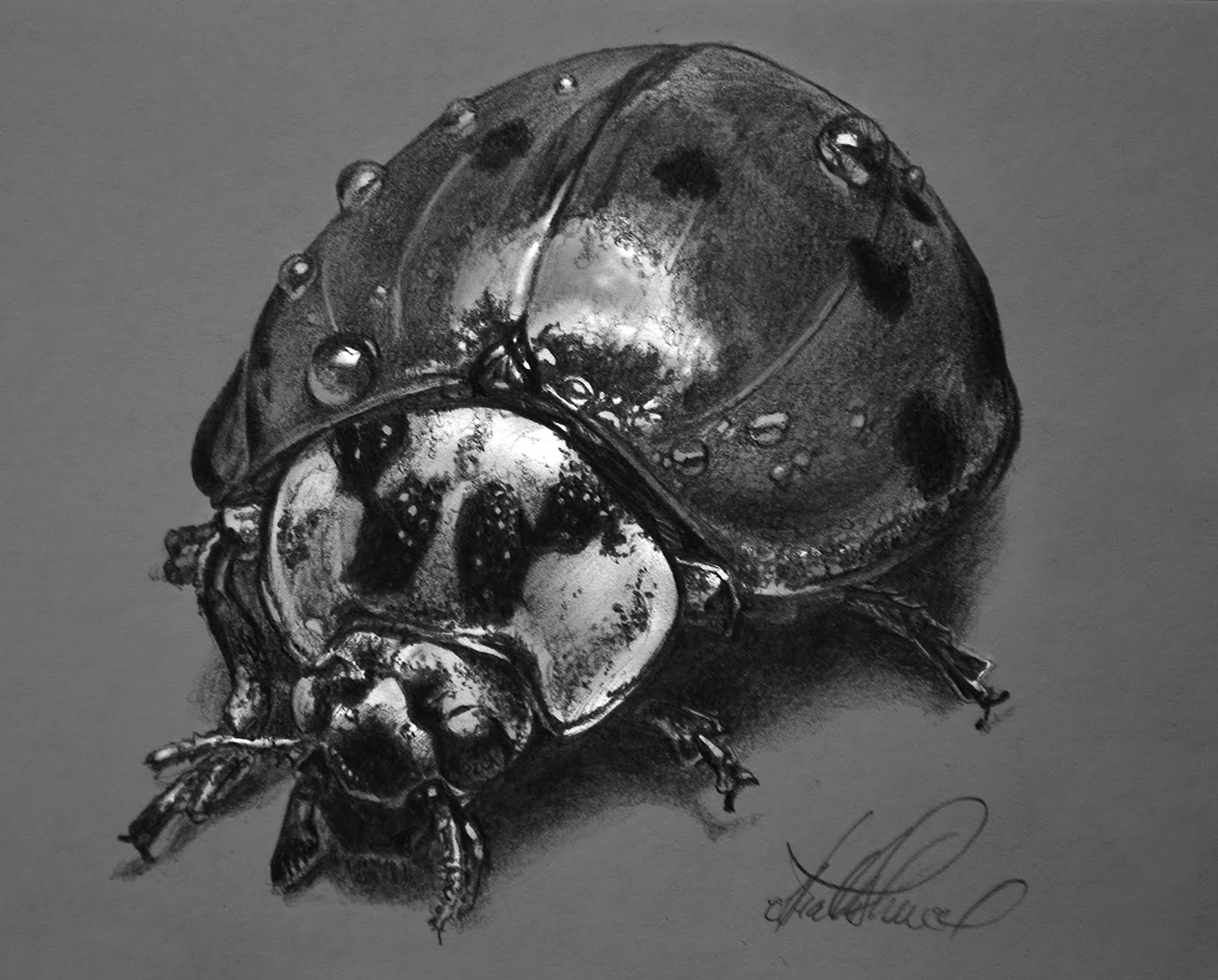
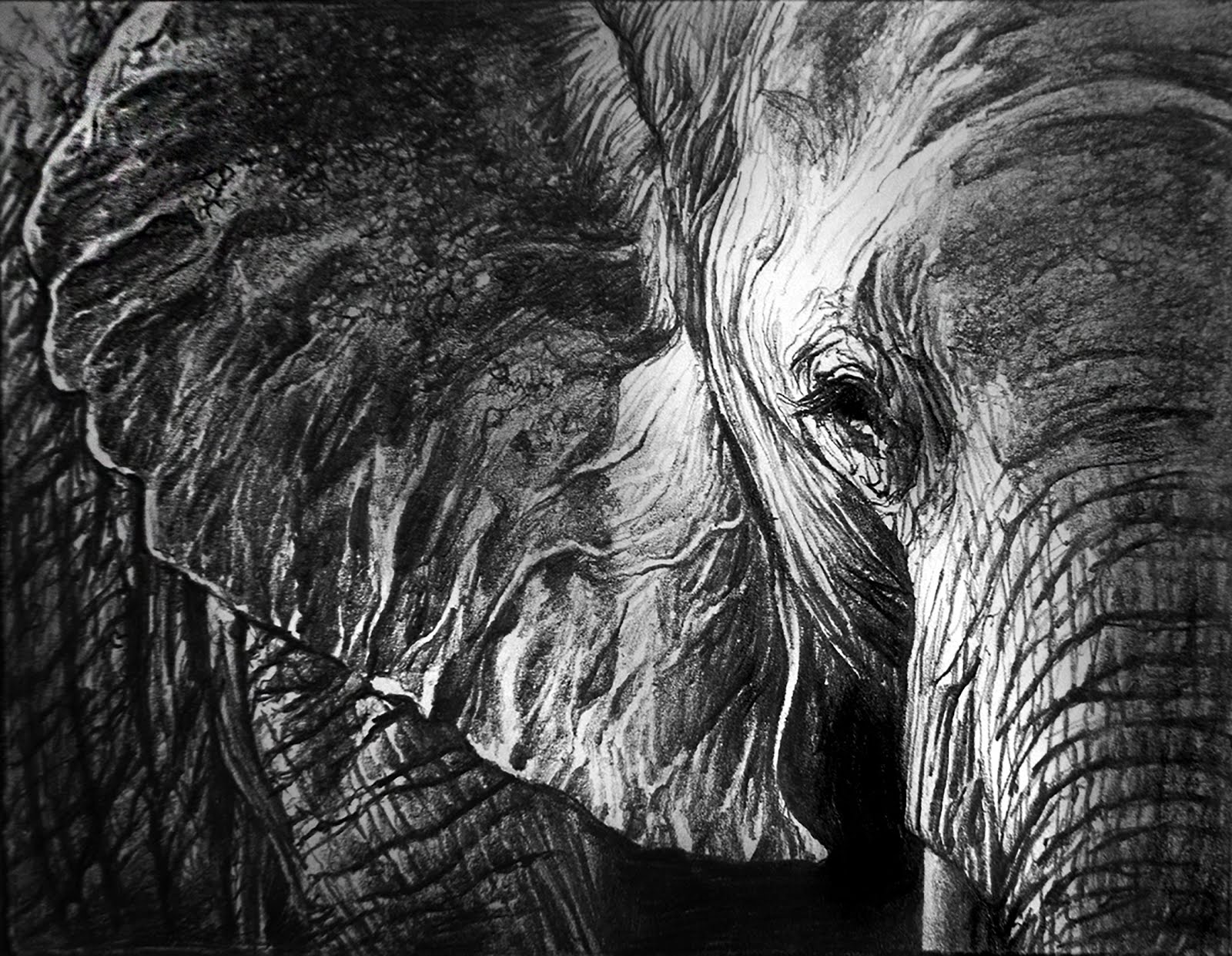
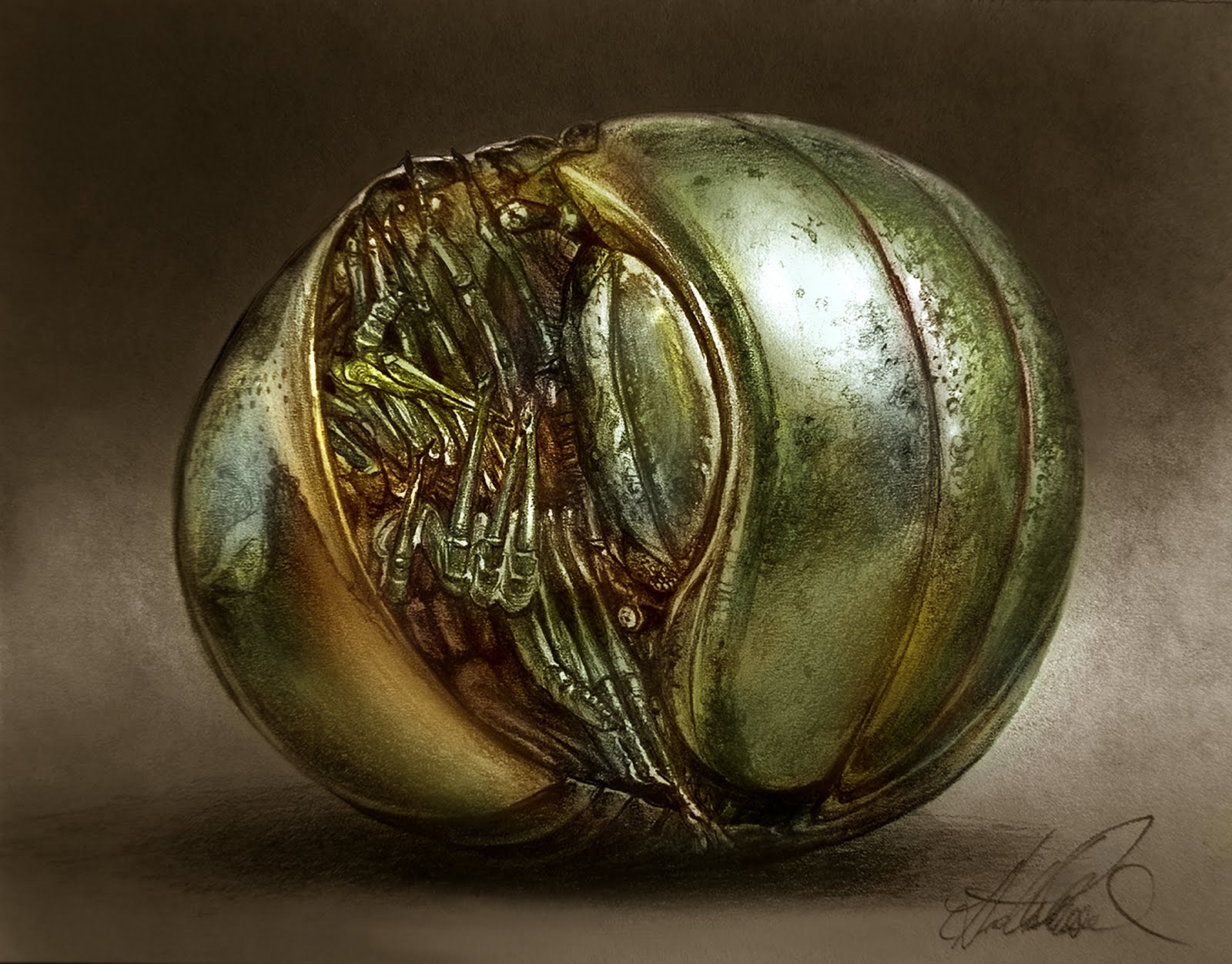
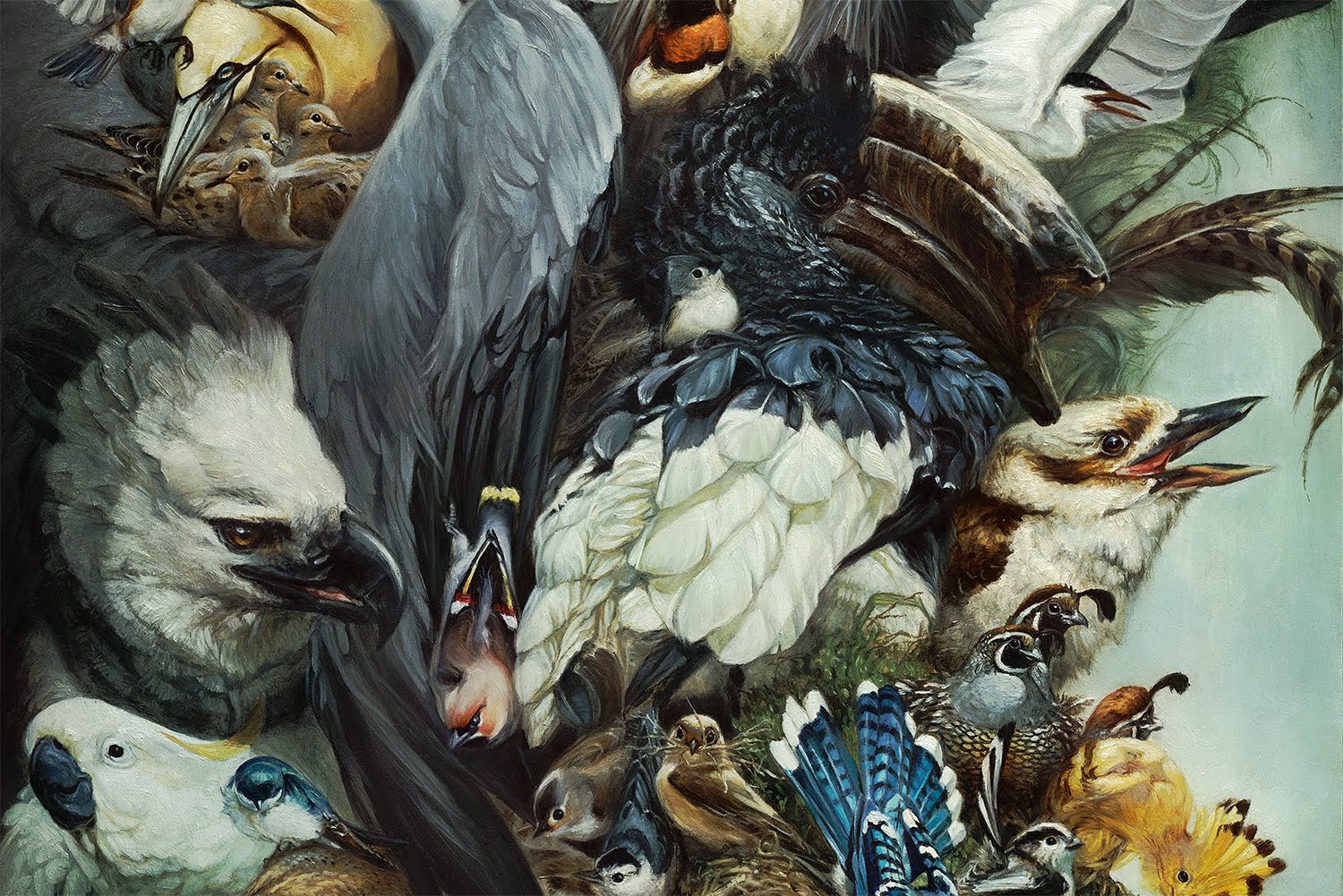
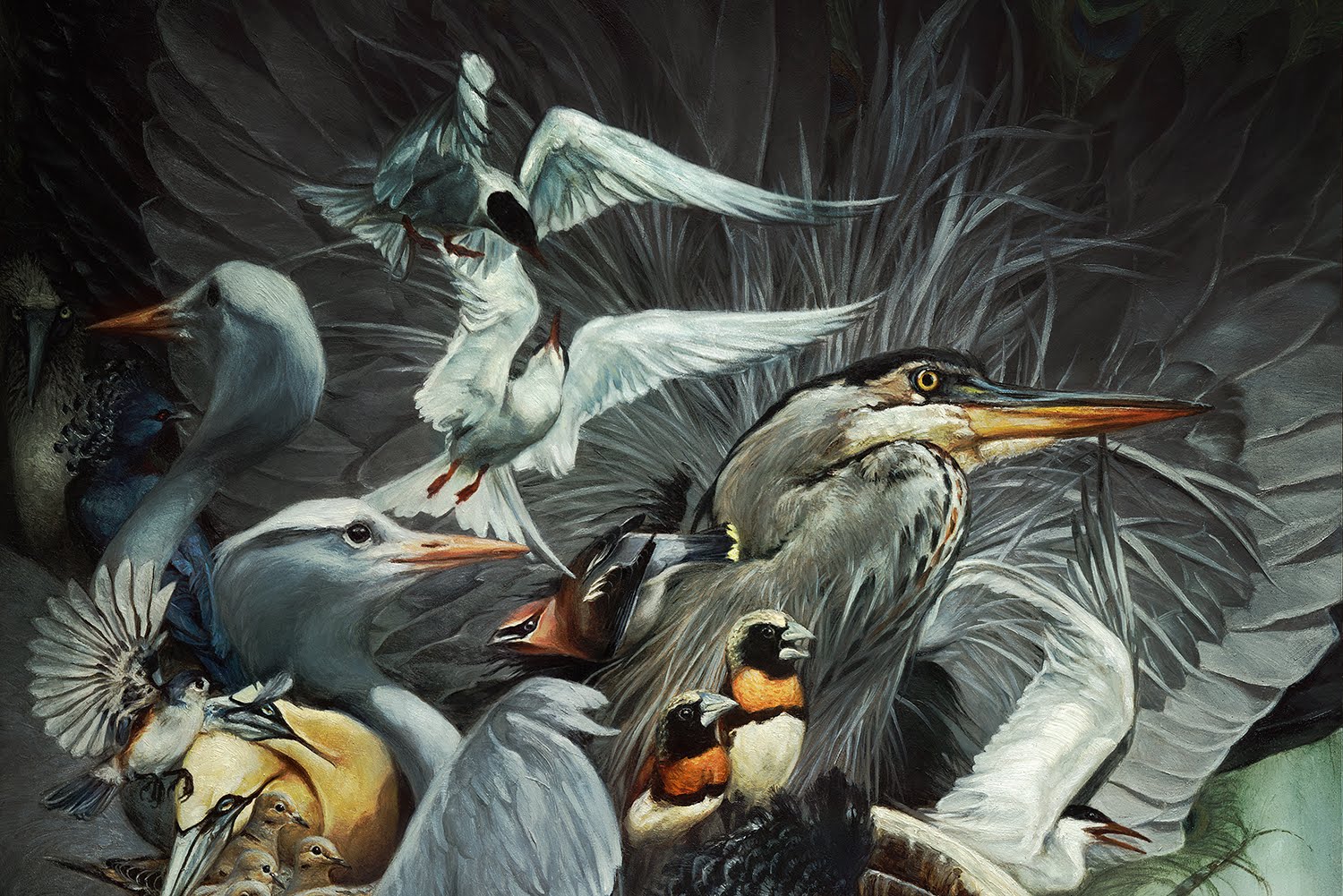
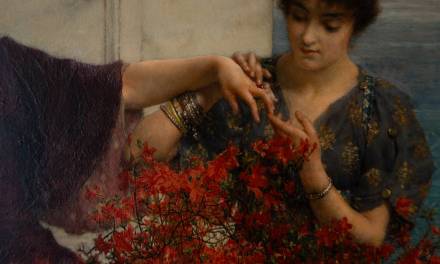
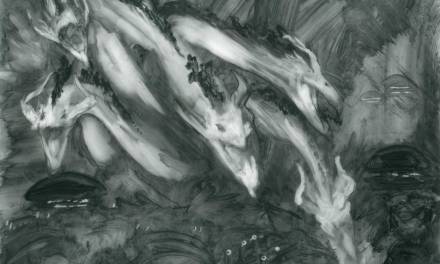
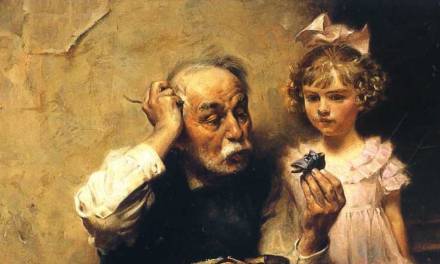
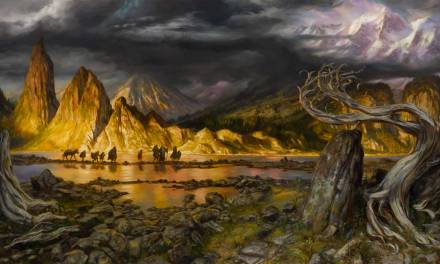

Lovely work Heather- Thanks for sharing!
Wonderful drawings! This holds true for music… I'm almost 70 but I must practice 1 or 2 hrs a day just to stay where I am musically… Now if I could only make myself do this with my artwork…
Just amazing, Heather, really…❤
An inspirational article to be sure! Thank you.
Wonderful post and so true! Thanks for sharing your thoughts and your beautiful art. <3
I cannot tell you how helpful this post was to me. It put into words something I’d kind of observed through the years–that when I sketched every day, I suddenly had unnoticed skills to apply to my finished pieces.
Thank you so much, Heather!
P.S. Huge fan of your work!